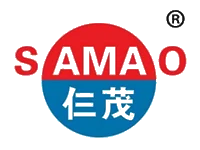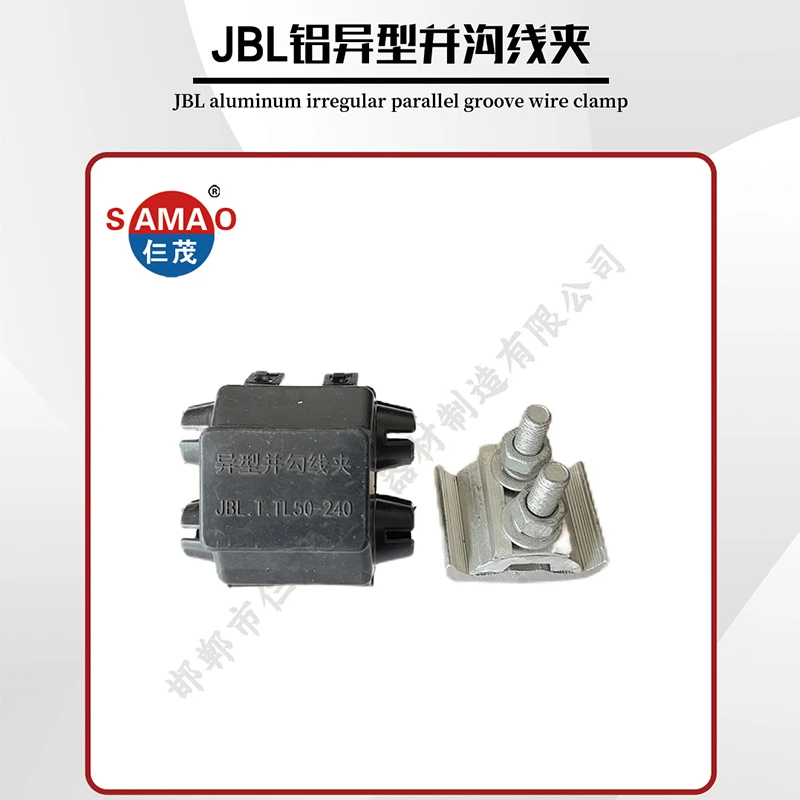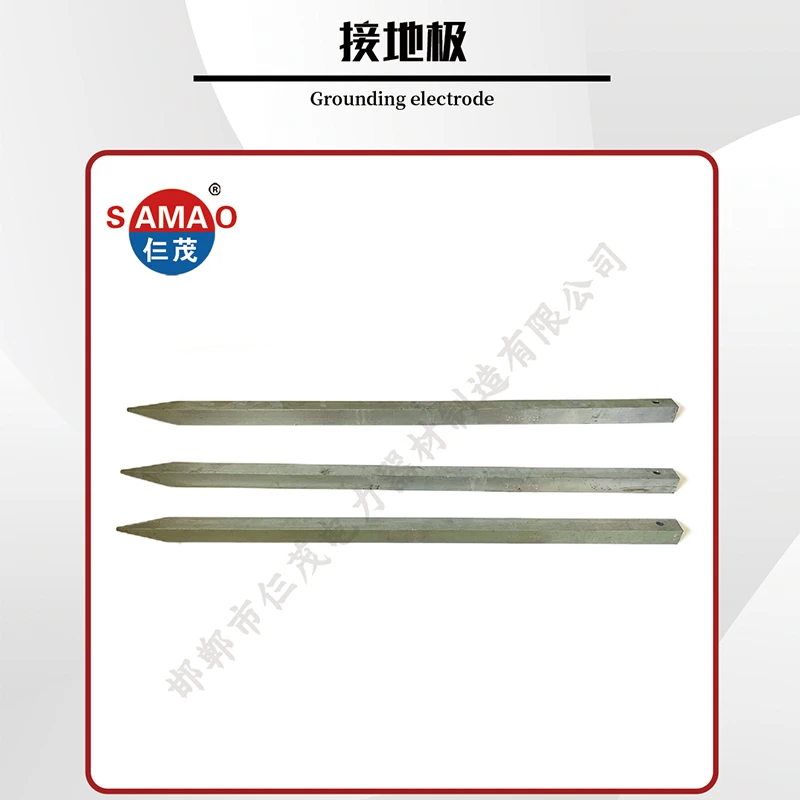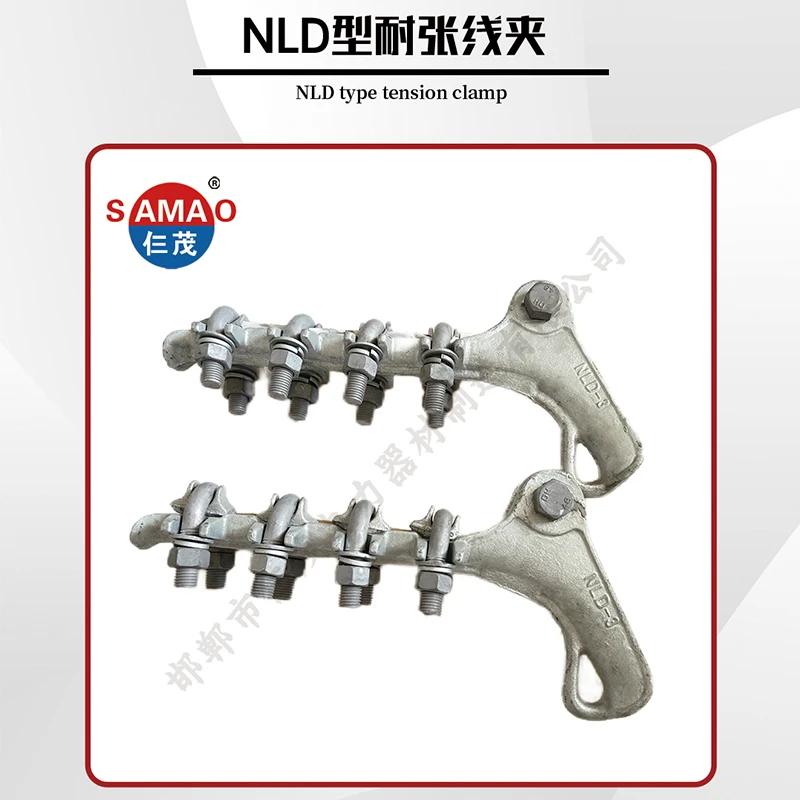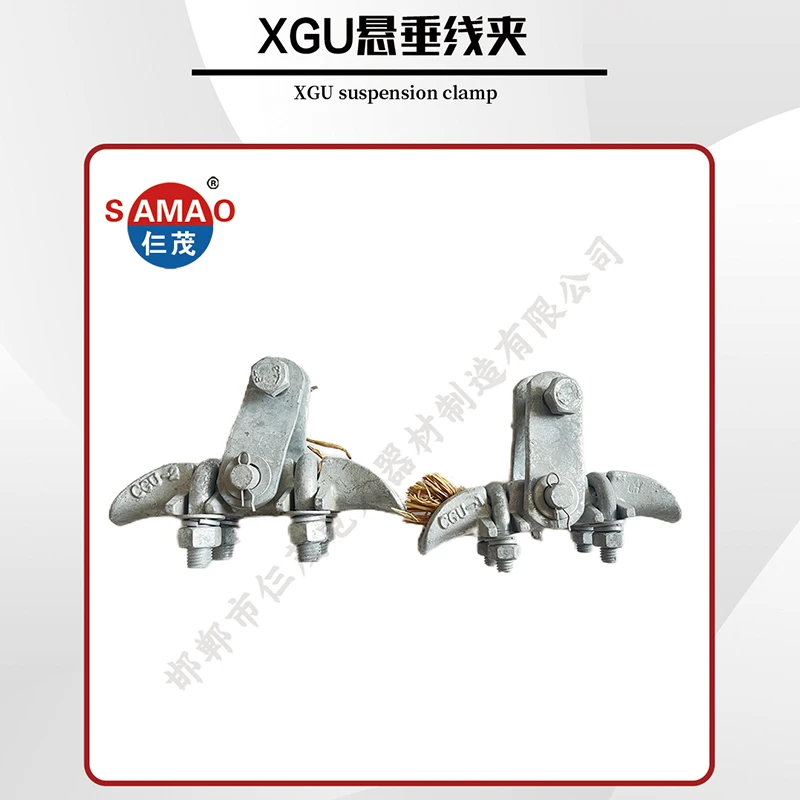Chem Rod Grounding Electrode: Superior Chemical Grounding System
In the complex realm of electrical infrastructure and personal safety, effective grounding systems are not merely a recommendation but a critical necessity. They safeguard against transient overvoltages, stabilize voltage, and provide a safe path for fault currents, protecting both equipment and personnel. While traditional copper ground rods have served this purpose for decades, evolving industry demands for lower resistance, greater longevity, and adaptability to challenging soil conditions have led to the advent of advanced solutions. Among these, the chem rod grounding electrode stands out as a superior alternative, engineered to deliver unparalleled performance and reliability in diverse environments.
Industry Trends and the Rise of Advanced Grounding Solutions
The global shift towards renewable energy sources, the proliferation of data centers, and the expansion of complex industrial facilities are driving an unprecedented demand for robust and efficient grounding solutions. Traditional grounding methods, often relying on multiple `20 ground rod` or `3 8 ground rod` installations, frequently fall short in areas with high soil resistivity or where space is limited. This inadequacy leads to higher ground resistance, increasing the risk of equipment damage and compromising safety.
Current industry trends emphasize several key areas:
- Sustainable and Eco-Friendly Solutions: There's a growing preference for grounding systems that are environmentally benign, minimizing the use of hazardous chemicals and ensuring long-term stability without leaching harmful substances into the soil.
- Low-Maintenance and Long-Life Systems: Operators seek "fit-and-forget" solutions that reduce the total cost of ownership (TCO) by minimizing the need for regular maintenance and replacement.
- Performance in Challenging Environments: High-resistance soils (rocky, sandy, frozen, or dry), corrosive environments, and constrained installation spaces necessitate specialized electrodes capable of achieving low resistance values consistently.
- Integration with Smart Grid Technologies: As grids become smarter and more interconnected, the reliability of grounding systems becomes paramount for grid stability, fault detection, and transient protection.
The chem rod grounding electrode directly addresses these trends. Its design incorporates a specialized chemical compound within a highly conductive casing, which leaches into the surrounding soil, effectively reducing soil resistivity and creating a larger effective surface area for current dissipation. This innovative approach ensures a stable, low-impedance ground path, even in geological conditions where conventional electrodes fail.
Understanding the Chem Rod Grounding Electrode: Technical Parameters and Specifications
A chem rod grounding electrode, often referred to as a chemical grounding system, is a sophisticated engineered solution designed to provide a permanent, low-resistance earth connection. Unlike a simple `earthing rod copper price` driven installation, its performance is rooted in a meticulously designed internal composition and robust external structure.
Key Components and Operational Principle:
- Outer Casing (Electrode Body): Typically made from high-quality, corrosion-resistant copper (often seamless copper tubing) or copper-bonded steel. Copper is chosen for its excellent electrical conductivity and corrosion resistance. The casing is perforated at the bottom to allow the internal chemical compound to interact with the soil.
- Internal Fill (Electrolyte Compound): This is the core innovation. It comprises a proprietary blend of electrolytic salts, moisture retention agents, and conductive materials. When exposed to ambient moisture (from the soil), these salts dissolve, creating a conductive electrolyte solution that seeps into the surrounding soil. This process significantly lowers the local soil resistivity.
- Backfill Material: Often, a conductive backfill material (like Bentonite or special conductive concrete) is used around the electrode during installation to enhance its performance, improve moisture retention, and ensure optimal interaction with the internal chemicals.
The principle behind the chem rod grounding electrode's superior performance lies in its ability to effectively increase the 'electrical size' of the electrode. By creating a larger, highly conductive volume of treated soil around the electrode, it dramatically reduces the overall ground resistance compared to a standard solid rod of the same physical dimensions.
Typical Specifications and Performance Data:
The following table illustrates common parameters for a **chem rod grounding electrode** compared to conventional rods, highlighting their distinct advantages:
| Parameter | Chem Rod Grounding Electrode (Typical) | Standard Solid Copper Ground Rod (e.g., 20 ground rod, 3 8 ground rod) | Benefit of Chem Rod |
|---|---|---|---|
| Material (Casing) | Seamless Copper Tubing (e.g., C12200) or Copper-bonded Steel | Solid Copper (C11000) or Copper-bonded Steel | Superior internal structure for chemical distribution. |
| Length Options | 8 ft, 10 ft, 12 ft, 20 ft (custom lengths available) | 8 ft, 10 ft (standard lengths) | Greater flexibility for deep installations and varying soil strata. |
| Diameter | 2.125 inches (54 mm), 2.625 inches (67 mm) typical | 0.5 inches (12.7 mm), 0.625 inches (15.9 mm), 0.75 inches (19 mm) | Larger surface area for chemical diffusion, greater mechanical robustness. |
| Internal Fill | Proprietary Hygroscopic Electrolytic Salts | N/A (Solid Rod) | Actively reduces soil resistivity, creates permanent low resistance. |
| Ground Resistance | Typically | Highly dependent on soil, often > 10 ohms in poor soil | Consistently achieves lower resistance, even in difficult conditions. |
| Service Life | 30+ years (due to corrosion resistance and active chemical action) | 10-20 years (susceptible to corrosion over time) | Significantly extended lifespan, reduced maintenance. |
| Corrosion Resistance | Excellent (copper casing, chemical action inhibits corrosion) | Good (copper) but susceptible to galvanic corrosion | Enhanced protection against various soil corrosives. |
| Installation | Requires boring/drilling a larger hole, backfill material | Driving into soil | More involved initial installation, but superior long-term performance. |
| Maintenance | Virtually maintenance-free after installation | May require periodic testing and augmentation (e.g., adding more rods) | Lower TCO due to reduced maintenance needs. |
The initial `earthing rod copper price` might seem higher for a chem rod grounding electrode compared to a conventional rod, but its long-term stability, minimal maintenance requirements, and superior performance, especially in challenging environments, translate into significant cost savings and enhanced safety over its extended lifespan.
Product Information: Grounding Electrode (Samaoep.com)
At Samaoep, our Grounding Electrode product line is designed to meet the most stringent industry requirements for safety, reliability, and performance. Our focus on quality and innovation ensures that our **chem rod grounding electrode** provides a robust and long-lasting solution for diverse grounding needs. For detailed specifications and ordering, please visit our product page: https://www.samaoep.com/grounding-electrode.html.
Process Flow: Manufacturing of Chem Rod Grounding Electrode
The manufacturing of a **chem rod grounding electrode** is a precise multi-stage process that ensures the integrity, longevity, and performance of the final product. Every step adheres to stringent quality control measures, often surpassing industry benchmarks like ISO and ANSI standards. Here's a detailed breakdown of the typical manufacturing process:
Material Sourcing & Inspection (Expertise, Trustworthiness)
The process begins with the procurement of high-grade raw materials. For the casing, seamless copper tubing (typically C12200 grade, known for its excellent conductivity and corrosion resistance) or premium copper-bonded steel is sourced from certified suppliers. The internal electrolytic compound components are selected based on specific chemical properties ensuring optimal conductivity, moisture absorption, and environmental safety. All incoming materials undergo rigorous inspection to verify chemical composition, physical dimensions, and structural integrity, adhering to international standards like ASTM B75 for copper tubes.
Casing Fabrication & Preparation (Expertise)
The copper tubing or copper-bonded steel is cut to precise lengths (e.g., 8 ft, 10 ft, 12 ft, 20 ft) using automated CNC cutting machines for accuracy. One end of the tube is then hermetically sealed, typically through a specialized casting or forging process, to create a robust, waterproof cap. The other end is perforated or slotted to allow for the controlled leaching of the internal chemical compound into the surrounding soil once installed. This perforation design is critical for optimal long-term performance.
Internal Electrolyte Compound Preparation (Expertise)
Simultaneously, the proprietary blend of electrolytic salts and moisture-retaining agents is precisely mixed in a controlled environment. This compound is engineered to be non-toxic, non-corrosive to the copper casing, and highly hygroscopic, meaning it readily absorbs and retains moisture from the soil. The exact formulation is a key aspect of the product's superior performance, ensuring long-term soil resistivity reduction.
Filling and Sealing (Expertise, Trustworthiness)
The prepared casing is then filled with the electrolyte compound. This is often done using specialized vibratory filling techniques or controlled dispensing systems to ensure uniform density and prevent voids within the electrode. Once filled, the remaining open end of the casing is also hermetically sealed using an inert material or a second casting/forging process. This ensures the chemical compound remains securely contained until installation and prevents any external contaminants from entering, maintaining the product's integrity and extending its use life for over 30 years.
Quality Control & Testing (Authoritativeness, Trustworthiness)
Post-assembly, each chem rod grounding electrode undergoes a series of stringent quality control checks. This includes visual inspection for defects, dimensional accuracy verification, and non-destructive testing (NDT) to ensure the integrity of the welds and seals. Samples may undergo accelerated aging tests to simulate long-term performance and chemical leaching rates. Compliance with international standards such as ISO 9001:2015 for quality management systems, ANSI/IEEE Std 80 for AC Substation Grounding, and relevant UL standards for electrical safety is rigorously maintained. This commitment to quality ensures a product with an exceptional service life and consistent performance.
Packaging & Shipping
Finally, the finished chem rod grounding electrode products are securely packaged for transport. Packaging is designed to protect the electrodes from physical damage and environmental exposure during shipping, ensuring they arrive at the installation site in perfect condition.
This meticulous manufacturing process, incorporating advanced techniques like CNC machining, precise material blending, and stringent quality control, underscores the superior technical advantage of the chem rod grounding electrode over conventional grounding rods. The focus on robust materials and carefully engineered internal components ensures exceptional longevity (30+ years) and unparalleled performance in reducing ground resistance.
Application Scenarios and Technical Advantages
The inherent advantages of the chem rod grounding electrode make it the preferred choice across a multitude of industries and challenging environments.
Applicable Industries:
- Petrochemical Facilities: Refineries, chemical plants, and oil & gas pipelines require ultra-low resistance grounding for safety, lightning protection, and prevention of electrostatic discharge in highly explosive atmospheres. The corrosion resistance of our electrodes is crucial here.
- Power Generation & Transmission: Substations, power plants (conventional and renewable), and transmission lines need stable, low-impedance grounding for protection against lightning strikes, fault currents, and transient overvoltages.
- Telecommunications & Data Centers: Critical for protecting sensitive electronic equipment from surges, ensuring signal integrity, and maintaining uptime. Low and stable ground resistance is paramount for data reliability.
- Industrial Manufacturing: Factories, processing plants, and automation facilities benefit from stable grounding to protect machinery, control systems, and personnel. Industries like metallurgy, where heavy current loads are common, particularly benefit.
- Railway Systems: Essential for track signaling, substation grounding, and ensuring the safety of personnel and equipment along railway lines.
- Water & Wastewater Treatment (Give & Drainage): Pumping stations, treatment plants, and associated infrastructure require robust grounding in often corrosive and moist environments to protect electrical systems and maintain operational continuity.
- Medical Facilities: Hospitals and clinics require extremely reliable grounding to ensure patient safety and the faultless operation of sensitive medical equipment.
Advantages in Typical Application Scenarios:
The chem rod grounding electrode offers significant advantages in critical applications:
- High Soil Resistivity Areas: In rocky, sandy, or arid regions where conventional `20 ground rod` installations struggle to achieve target resistance, the chemical action significantly lowers effective soil resistivity, achieving stable low resistance with fewer electrodes. This dramatically reduces installation costs and footprint.
- Corrosive Environments: The robust copper casing and carefully formulated internal chemicals provide superior protection against soil corrosion, acidic or alkaline conditions, common in petrochemical or industrial sites. This ensures a longer service life and consistent performance, promoting energy saving by reducing current leakage pathways.
- Limited Space: Where urban development or existing infrastructure limits the area for grounding, a single chem rod grounding electrode can achieve the same or better resistance than multiple traditional `3 8 ground rod` installations, reducing the physical footprint and simplifying design.
- Long-Term Stability: The sustained release of the electrolyte maintains a consistently low ground resistance over decades, requiring virtually no maintenance or periodic re-treatment, unlike traditional methods that might degrade over time. This translates to exceptional trustworthiness for critical infrastructure.
- Enhanced Safety: By providing a reliable low-resistance path for fault currents and lightning, these electrodes significantly reduce ground potential rise (GPR), thereby enhancing safety for personnel and preventing damage to sensitive electronic equipment.
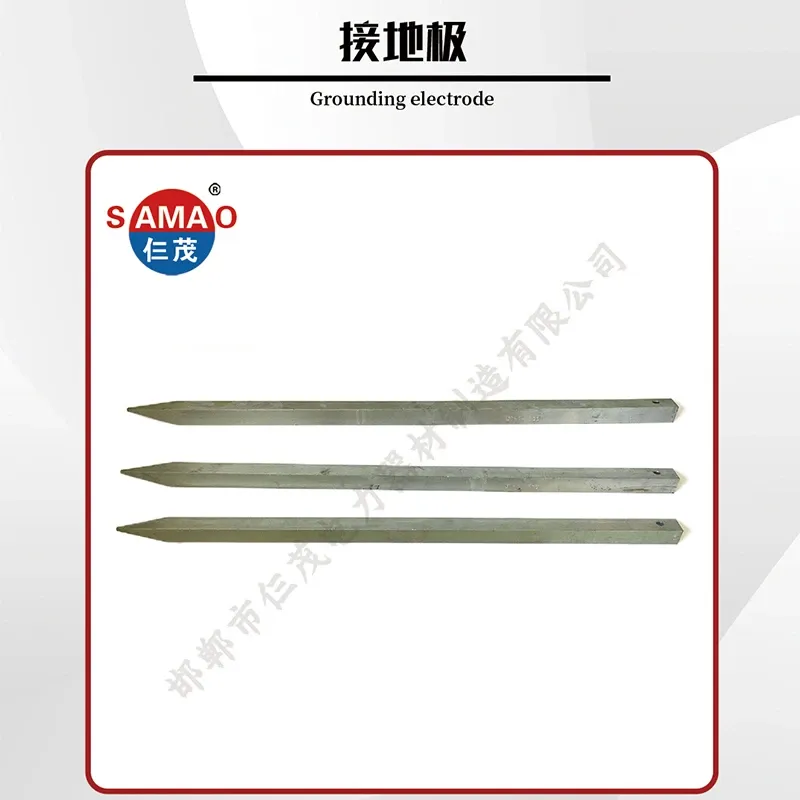
This image depicts a typical installation scenario for a chem rod grounding electrode, illustrating its integration into the earth to provide a stable grounding solution.
Manufacturer Comparison and Choosing Your Solution
While various manufacturers offer grounding solutions, choosing the right partner for your chem rod grounding electrode needs is crucial for long-term project success. Key factors to consider include:
- Reputation and Experience (Authoritativeness): Look for manufacturers with a proven track record, extensive service years in the industry, and a deep understanding of complex grounding challenges. Samaoep, with its dedicated focus on advanced grounding solutions, brings years of specialized experience to every project.
- Product Quality and Certifications (Authoritativeness, Trustworthiness): Verify that products meet international standards (e.g., ISO, UL, ANSI/IEEE) and undergo rigorous testing. Reliable manufacturers will provide test reports and material certifications.
- Research & Development Capabilities (Expertise): Manufacturers who invest in R&D are more likely to offer innovative, high-performance solutions adapted to evolving industry needs and environmental challenges.
- Technical Support and Customization (Experience, Trustworthiness): The ability to provide expert pre-sales consultation, site assessment, customized design solutions, and post-installation support is invaluable. This includes understanding specific soil conditions and tailoring the solution.
- Global Presence and Supply Chain (Trustworthiness): A manufacturer with a robust supply chain can ensure timely delivery and consistent product availability, which is critical for large-scale projects.
Customized Solutions and Consultation
Understanding that no two grounding challenges are identical, Samaoep specializes in providing customized grounding solutions leveraging the chem rod grounding electrode. Our process for delivering tailored solutions includes:
- Site Assessment & Soil Resistivity Testing: Our experts conduct thorough analysis of your project site, including detailed soil resistivity measurements (e.g., Wenner four-pin method) to understand the unique geological profile.
- Grounding System Design & Modeling: Based on the site data, our engineers utilize advanced software (e.g., CDEGS, XGSLab) to model the optimal grounding system. This determines the ideal number, length, and placement of chem rod grounding electrode units, along with any necessary conductive backfill, to achieve the target ground resistance and ensure compliance with safety standards like IEEE 80.
- Solution Proposal & Specification: We provide a comprehensive proposal outlining the recommended **chemical grounding system**, including product specifications, installation guidelines, and expected performance parameters.
- Installation Support & Verification: We offer guidance during the installation phase and can assist with post-installation testing to verify that the designed resistance values are met. Our commitment extends to ensuring your complete satisfaction and system reliability.
This comprehensive approach ensures that clients receive a highly efficient, cost-effective, and exceptionally reliable grounding solution, precisely engineered for their specific needs. Our delivery cycle is typically 4-6 weeks for standard orders, with customized solutions estimated based on complexity and volume, ensuring timely project completion. We stand by our products with a robust warranty commitment, typically covering product defects for 5-10 years, and offer comprehensive customer support throughout the product lifecycle.
Application Cases (Experience)
Our chem rod grounding electrode has been successfully deployed in numerous demanding applications globally, delivering proven results and enhanced safety. Here are a few representative examples that highlight our practical experience:
- Case Study 1: Remote Telecommunication Tower in Arid Region
Challenge: A telecommunications company needed to establish stable grounding for a new cell tower in a desert environment, characterized by extremely high soil resistivity (thousands of ohm-meters). Traditional `20 ground rod` installations proved ineffective, requiring an impractically large number of rods and extensive land area.
Solution: We provided a customized solution utilizing deep-driven chem rod grounding electrode units, complemented by a specialized conductive backfill. The active chemical leaching significantly reduced the effective soil resistivity around the electrodes.
Result: The system achieved a stable ground resistance of less than 5 ohms with just a fraction of the electrodes compared to conventional methods. The client reported enhanced signal stability, reduced equipment failure due to surges, and substantial cost savings on maintenance over time. "The Samaoep solution was a game-changer for us in such a challenging terrain," commented the project manager.
- Case Study 2: Petrochemical Plant Expansion (Corrosive Soil)
Challenge: An expansion of a major petrochemical facility required a robust grounding system in an area known for highly corrosive soil conditions, which accelerated the degradation of standard copper ground rods, leading to frequent maintenance and safety concerns.
Solution: We implemented a comprehensive **chemical grounding system** using our corrosion-resistant chem rod grounding electrode, specifically designed with a thicker copper casing and enhanced internal compound to combat corrosive elements. The electrodes were installed with a high-performance conductive concrete backfill.
Result: The grounding system maintained consistent low resistance values (below 2 ohms) despite the harsh soil chemistry. Post-installation inspections confirmed minimal corrosion, significantly extending the service life and reducing long-term operational costs. This solution directly contributed to improved operational safety and reduced downtime, exemplifying significant energy saving by preventing current leakage paths.
- Case Study 3: Data Center in Urban Area (Limited Space)
Challenge: A new data center in a densely populated urban area faced severe space constraints, making it impossible to install a large grid of traditional ground rods. Achieving the ultra-low resistance required for critical data infrastructure was a major hurdle.
Solution: Our engineers designed a compact yet highly effective grounding solution using vertically installed chem rod grounding electrode units. Their ability to achieve very low resistance with a smaller footprint was ideal.
Result: The data center achieved its target ground resistance of less than 1 ohm within the limited available space. The system has provided stable, reliable grounding, protecting millions of dollars worth of sensitive IT equipment from transient surges and ensuring continuous operation. This demonstrated the product's effectiveness where `earthing rod copper price` for multiple traditional rods would have been prohibitive and physically impossible.
Frequently Asked Questions (FAQ) about Chem Rod Grounding Electrode
Q1: What is a chem rod grounding electrode?
A1: A chem rod grounding electrode is a highly advanced grounding solution consisting of a copper or copper-bonded steel tube filled with a proprietary, non-toxic, hygroscopic electrolytic compound. This compound, when exposed to moisture from the soil, dissolves and leaches into the surrounding earth, effectively reducing soil resistivity and creating a larger, highly conductive zone around the electrode, thereby achieving a significantly lower and more stable ground resistance than conventional rods.
Q2: How does it differ from a standard `20 ground rod` or `3 8 ground rod`?
A2: Unlike standard solid ground rods which rely solely on their physical dimensions and the inherent soil resistivity, a chem rod grounding electrode actively alters the electrical properties of the surrounding soil through its internal chemical fill. This allows it to achieve much lower resistance values, especially in challenging high-resistivity soils, and offers a longer service life with virtually no maintenance.
Q3: What materials are used in its construction?
A3: The outer casing is typically made from high-grade, seamless copper tubing (C12200) or durable copper-bonded steel for superior conductivity and corrosion resistance. The internal fill is a non-hazardous, proprietary blend of electrolytic salts and moisture-retaining agents, designed for long-term effectiveness without environmental impact.
Q4: What is the typical service life of a chem rod grounding electrode?
A4: Due to its robust construction, high-quality materials, and the active corrosion-inhibiting properties of its internal compound, a chem rod grounding electrode typically boasts a service life of 30 years or more, significantly outperforming traditional grounding methods.
Q5: Is installation more complex than traditional ground rods?
A5: Installation requires drilling a larger bore hole (typically 4-6 inches in diameter) rather than simply driving the rod. This bore hole is then filled with a conductive backfill material, such as Bentonite or a specialized grounding cement, around the electrode. While slightly more involved initially, the long-term benefits in performance and maintenance far outweigh this difference.
Q6: What are the key benefits in terms of `earthing rod copper price` considerations?
A6: While the initial unit cost of a chem rod grounding electrode may be higher than a standard solid copper rod, its superior performance often means fewer electrodes are needed to achieve the target resistance. More importantly, its extended lifespan (30+ years) and minimal maintenance requirements result in a significantly lower total cost of ownership (TCO) over the project's lifetime compared to repeatedly installing or maintaining traditional rods. The stability it provides translates directly into reduced equipment damage and enhanced safety, yielding further economic advantages.
Q7: What standards do these electrodes comply with?
A7: Our chem rod grounding electrode products are manufactured and tested in compliance with relevant international standards including, but not limited to, ISO 9001:2015 for quality management, ANSI/IEEE Std 80 for AC Substation Grounding, and various UL standards for electrical safety. This adherence ensures high performance, reliability, and safety.
Our Commitment to Trustworthiness
At Samaoep, trustworthiness is at the core of our operations. We ensure this through:
- Industry Certifications: Adherence to ISO 9001:2015 quality management systems, and product compliance with ANSI/IEEE and UL standards.
- Service Experience: Decades of experience in providing specialized grounding solutions across diverse industries.
- Client Feedback: Proactive engagement with clients to gather feedback, driving continuous product and service improvement.
- Comprehensive Support: Offering extensive pre-sales consultation, detailed technical documentation, and robust post-sales support, including warranty commitments and prompt customer service.
- Transparent Processes: Clear communication regarding product specifications, manufacturing processes, delivery cycles, and performance expectations.
Our commitment to excellence extends from the meticulous manufacturing of each chem rod grounding electrode to the dedicated support we provide, ensuring maximum value and peace of mind for our clients.
References and Further Reading
For a deeper understanding of grounding principles and advanced electrode technologies, we recommend the following authoritative sources:
- IEEE Std 80-2013, "IEEE Guide for Safety in AC Substation Grounding." https://standards.ieee.org/standard/80-2013.html
- Dawalibi, F. P., & Ma, L. (2018). "Grounding Systems: An Indispensable Component of Electrical Power Systems." In Electrical Power Systems (pp. 377-400). CRC Press. (Accessible via academic databases, e.g., Taylor & Francis Online, search for chapter on Grounding Systems)
- "The Science of Grounding and Earthing" - Earthing Institute. https://earthinginstitute.net/wp-content/uploads/2015/05/TheScienceofEarthingGrounding-eBook.pdf (A general scientific overview, though not exclusively on chemical electrodes, provides context on soil interaction).
- NFPA 70, National Electrical Code (NEC) – Article 250. (Standard on electrical safety and grounding requirements). Refer to latest edition via NFPA website: https://www.nfpa.org/codes-and-standards/all-codes-and-standards/list-of-codes-and-standards/detail?code=70
